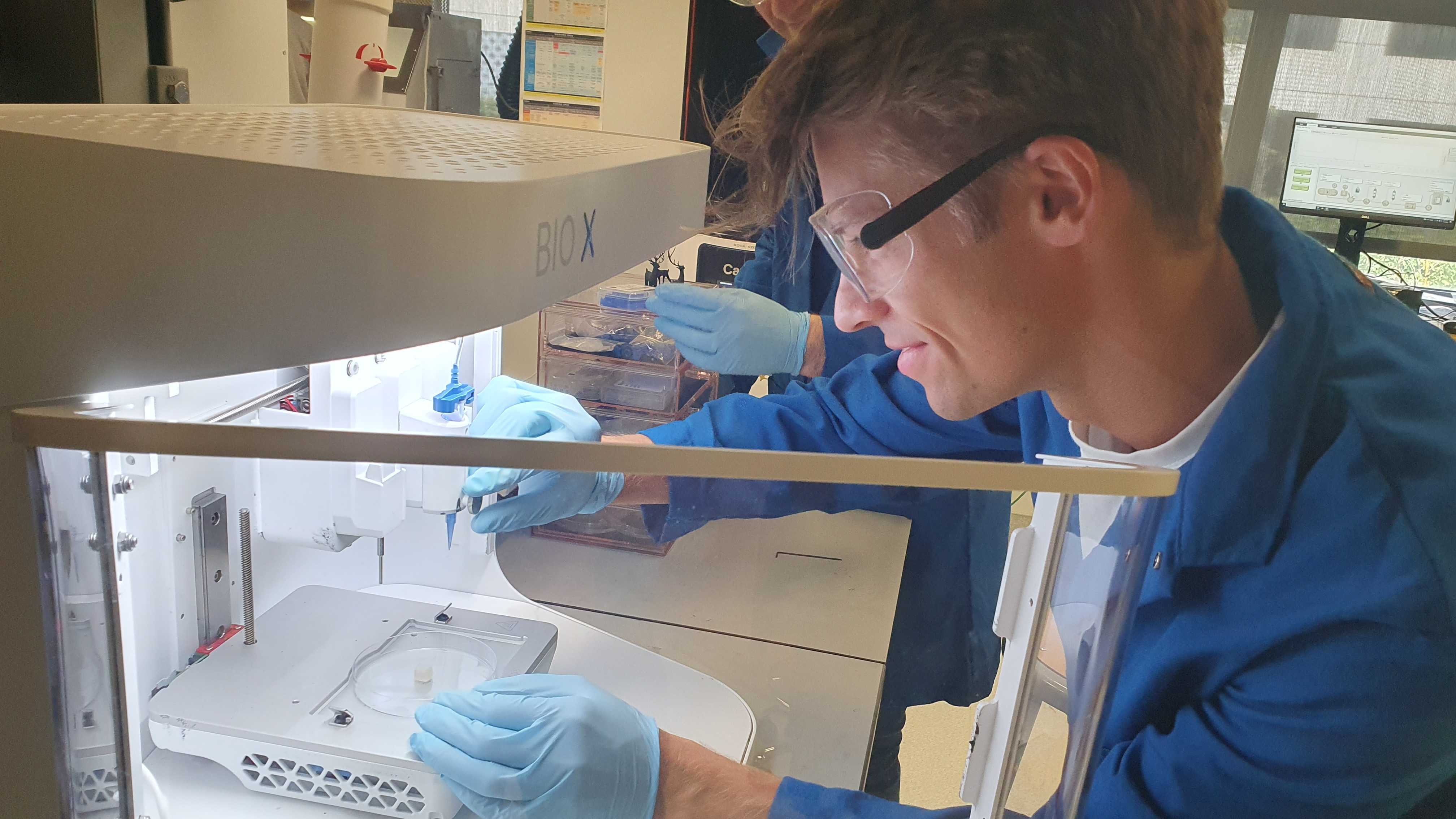
Over the past few years, siloxane inks for direct ink writing (DIW) have been developed in the pursuit of coupling the high precision and customizability of 3D printing with the unique material properties of polydimethylsiloxane (PDMS) based materials. These siloxane inks have proven to be successful in producing simple parts, demonstrating the potential of this technique for the adaptive manufacturing of PDMS-based parts. However, a persistent challenge lies in the mechanical anisotropy of parts produced through extrusion-based 3D printing methods such as DIW and fused deposition modeling. This issue arises from poorly formed interfaces between extruded filaments, leading to structural defects in the final prints. Although such structural defects can be partially mitigated by decreasing extrusion speed and post-print treatments, a more versatile solution would involve the incorporation of small molecule additives into commercial ink formulations leading to improved layer–layer interfaces, self-healing properties, and recyclability. Therefore, this research investigates the incorporation into a commercially available siloxane ink for DIW of a small molecule comonomer that features dynamic covalent bonds. Mechanical testing and melt pressing conducted on parts printed with and without the additive show that the additive imparts self- healing behavior, thus enabling part welding and recycling applications. Further research is warranted to quantify the effect of the additive on mechanical properties of printed parts